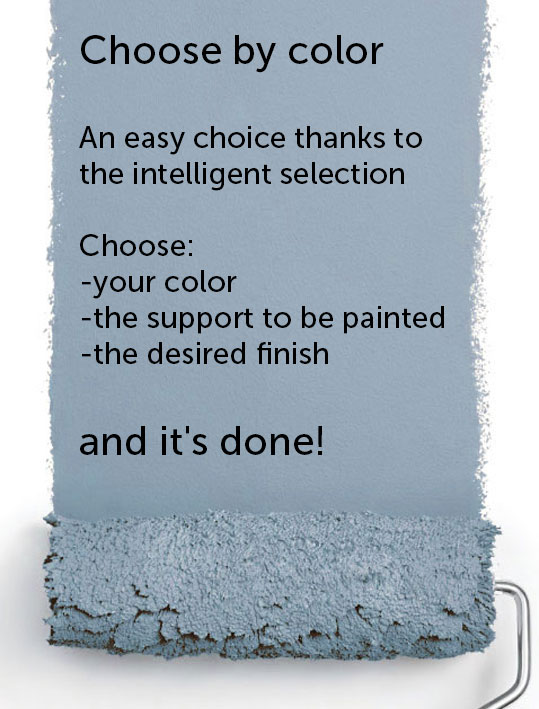Below you will find some of the bad habits that can hurt your project or yourself.
Do not use a breathing mask
Epoxy resins come from petrochemicals. It is a heavy and toxic chemistry. They do not all have an odor, but that does not make them harmless so far: effective respiratory protection is essential .
In addition, there is a real risk of developing an allergy.
Do not use protective glasses.
In continuity, your eyes are more important than your DIY!
Do not use gloves
The skin must not be brought into contact with the resin, the resin cans are explicit on this.
Use powdered latex gloves
Latex does not protect from epoxy resin. And the resin does not like dust, so the powder of the gloves.
Use the same epoxy resin for everythingOne day the resin is used to varnish, that is to say to be applied in a very thin layer. The next day it is used for inclusion, ie applied in a very thick layer.
It is difficult to find such a versatile resin. Either the resin is suitable for varnishing, or it is suitable for inclusions. Rarely both. Some varnish resins allow small inclusions, but this will not give an optimal result. On the other hand, certain inclusion resin allow a varnishing which will give an excellent finish but the drying will be slower.
Do not worry about storage conditions
The resin was stored in the garage, the hardener in the cellar, the mixing takes place in the kitchen, and the polymerization will take place in the bathroom.
The conditions to screw up in style are met.
Use only one container for mixing
Dosing resin and hardener in the same container is not ideal. This technique does not guarantee a 100% homogeneous mixture in the recesses and on the walls of the container. This may cause, in places, an incomplete polymerization of the mixture when it is poured.
Dose the resin and hardener with a pifometer
Often we see some youtubers carry out a volume dosage. At first sight. Two doses of resin, one dose of hardener, approx. And hop it is folded.
Without going into the details of the polymerization of resins, it is a chemical reaction which reacts a compound A (resin) with a compound B (hardener). Thus, a volume dosage is not precise enough to guarantee that there will be the right amount of the two compounds.
Quickly pour resin and hardener
It's the best way to incorporate air bubbles! Bubbles are the enemy (with a capital "E"). They ruin a beautiful surface appearance or a beautiful inclusion. Don't be in a hurry.

Stain the resin with an acrylic dye
Unless the resin supports it explicitly, otherwise it's a very bad idea. Epoxy resin likes neither water nor humidity.
Suitable pigments exist. Or the pigments in powders , they will not create a reaction with the resins but are a little less easy to mix.
Use a round stick to mix
A round stick will "sneak" between the liquids, it will not mix them effectively.
Vigorously stir the stick
Stirring vigorously will have the effect of incorporating air bubbles into the mixture.
Pour the resin at the end of the mixing
Like that, she doesn't have time to go out on her own.
Pour the resin too quickly
Another good way to incorporate bubbles.
Pour the resin at multiple points
Here it is, the last technique of incorporating bubbles for those who like it.
Pour the resin on a raw wood
After the direct techniques of incorporating bubbles, here is an indirect technique.
Wood pores contain air. The resin will take its place, the air will transform into small bubbles ... which, while trying to escape, will find themselves trapped in the resin.
Second “kiss cool” effect of this spread in the pores of the wood: an inclusion will give the impression of having drooled.
To avoid this, apply a first layer of resin over the entire surface, which you will allow to dry. This will trap the air present in the wood.
Boil with a blowtorch
Method seen very often on Youtube. The goal is to expand / burst the large air bubbles trapped in the resin. It works, the big bubbles burst. But the small bubbles do not burst because they are housed too deep below the surface. On the other hand the heat released by the torch will have modified, in a heterogeneous way, the polymerization of the resin. The resin will thank you with an orange peel for the most beautiful effect ^^
More dangerous, there is a risk of explosion to heat a cold thermosetting resin. When in doubt, always refer to the manufacturer's safety instructions.
Boil with a hair dryer
If it blows too hot and / or too strong, to the disadvantages of the previous point, we can add that the epoxy resin may overflow from its mold.
Boil with a heat gun
A small flat here, I am referring to the strippers which are not adjustable: they blow too hot and too strong. We then find the defects of the hair dryer, but increased tenfold.
Do not apply topcoat
This resin is so beautiful, but its resistance to Uvs is not excellent. In addition you will certainly have to rework it (sand, plan, etc ...)
A layer of varnish will restore its transparency and protect it from UV rays.
Source: http://www.olivwoodcreations.com






